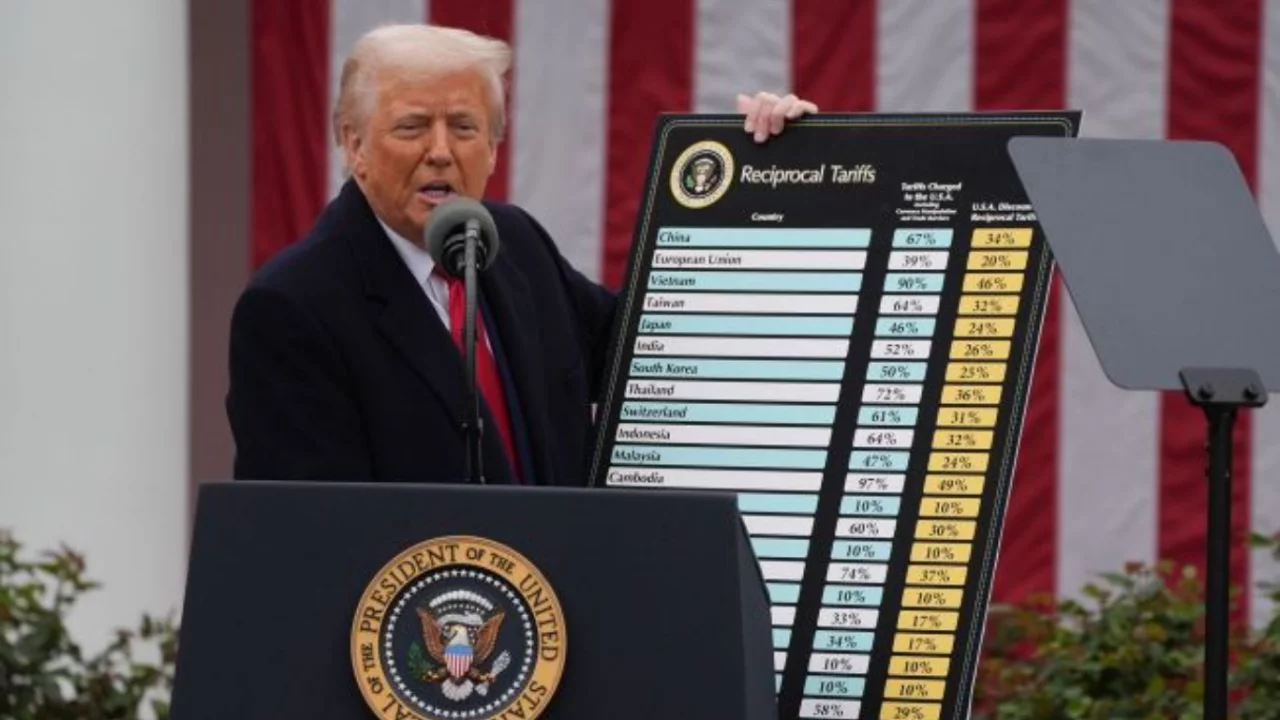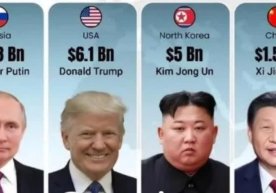
Since April 2025, with the return of U.S. President Donald Trump, there have been major shocks to the global trade system. He has imposed extremely high tariffs on hundreds of imported products. These decisions are affecting not only the global economy but also the wallets of American consumers.
Customs revenue is up, but economic growth is slowing
The U.S. average tariff rate rose from 2.4% in 2024 to 18.2% — the highest since the 1930s. As a result, tariff revenue reached $28 billion in June. However, the Congressional Budget Office (CBO) warns that this policy will slow economic growth in the long run.
U.S. trade deficit is widening
Trump aimed to reduce the flow of foreign goods and narrow the trade deficit through tariffs. But instead, the U.S. trade deficit hit a record $162 billion in March. The reason — domestic companies rushed to stockpile products before tariffs took effect.
Imports from China fell, but alternative routes in Asia are increasing
Exports from China to the U.S. dropped by 11%. However, China’s exports to India, Southeast Asia, and Europe increased. According to some economists, this indicates a rise in “tariff evasion” practices.
Consumer prices are rising
Prices of imported goods like computers, toys, and sports equipment have increased in major retail chains. June’s inflation rate rose to 2.7%, up from the beginning of the year.
Users of Меҳмон are not allowed to comment this publication.













